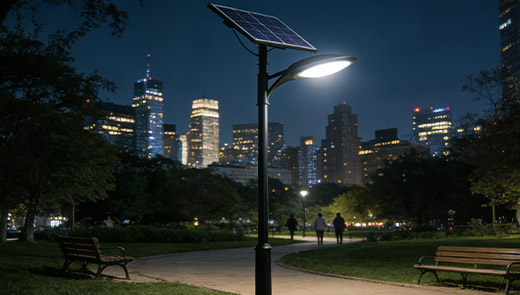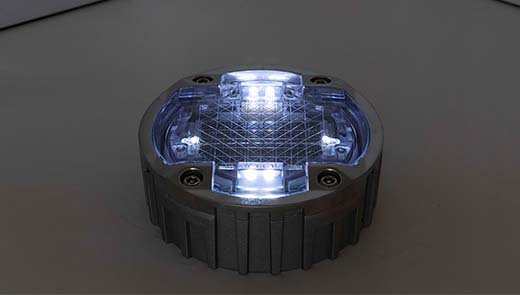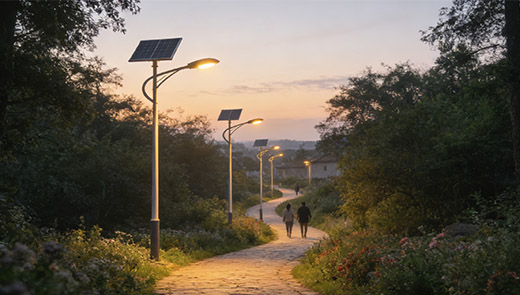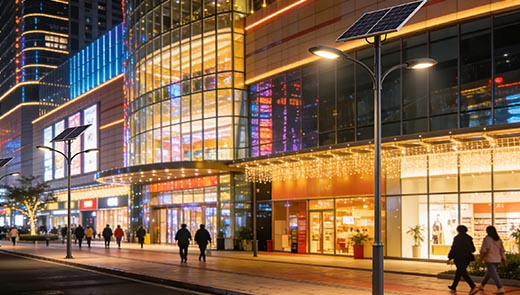-

Outdoor Solar Street Light IP67 Submersion Resistance Guide
Jan. 08, 2026Explores IP67 protection definition, significance, advantages and testing procedures for outdoor solar street lights. Highlights its complete dust proof and 1-meter submersion resistance, extended lifespan and wide applicability in harsh environments for industry professionals and buyers.View More + -

What Are The Aging Test Standards For LED Street Lights?
Jan. 06, 2026Explores core LED street light aging test standards including luminous flux maintenance, color retention and thermal management. Details industry metrics, test procedures and their critical role in ensuring product durability and road lighting safety.View More + -

Reduce lighting pollution with street light design
Jan. 04, 2026Light pollution threatens ecological balance and human health, with street lights as a major contributor. This content explores core strategies like optimizing installation angles, enhancing light utilization, controlling intensity, preferring warm light and applying intelligent systems to achieve precision lighting and curb pollution.View More + -

High-performance solar road studs: a cost-effective buying guide
Dec. 30, 2025Solar road studs serve as critical road safety facilities with active illumination and strong warning capabilities. This guide breaks down core knowledge, classification, key performance dimensions, scenario adaptation, and anti-pit tips to help buyers select suitable, cost-efficient products that balance quality and procurement costs.View More + -

Development Prospects and Opportunities of the Solar Street Lighting Industry
Dec. 26, 2025Driven by global green energy transition and smart city development, the solar street lighting industry is rapidly expanding. Policy support, technological innovation, and rising environmental awareness fuel market growth. With low operating costs, carbon reduction benefits, and strong demand in emerging regions, solar street lights are becoming a key solution for sustainable urban and rural infrastructure.View More + -

What Are the Causes of a Solar Street Light Battery Failure?
Dec. 24, 2025Covers core factors leading to solar street light battery failure, including natural aging, overcharging/over discharging, extreme temperatures, high humidity, charging system defects, poor manufacturing quality and improper maintenance, offering practical references for practitioners and users.View More +

